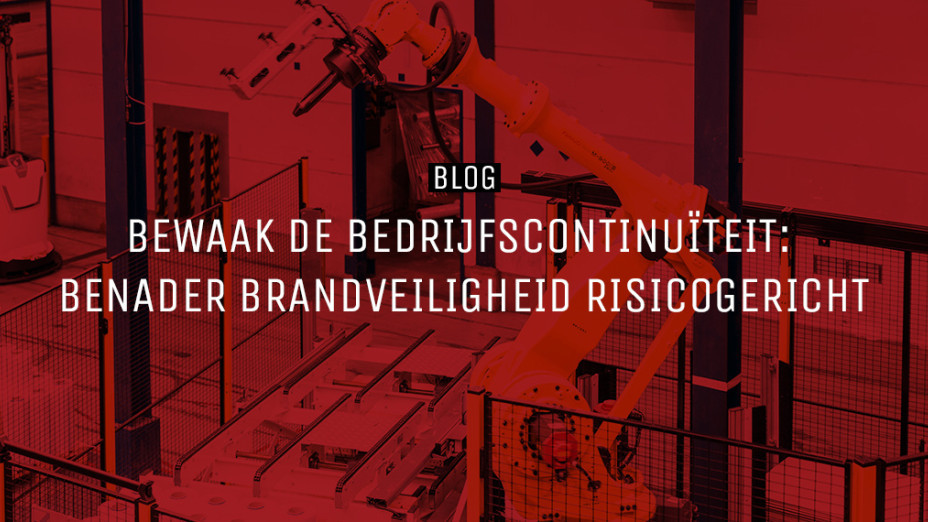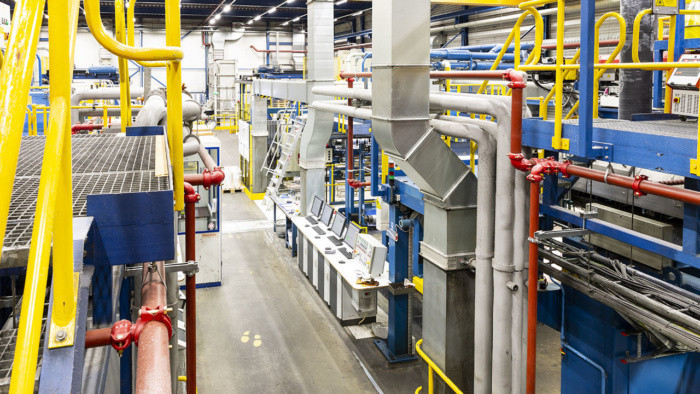Did you know one in two companies goes bankrupt within two years after a major fire? Even if a building meets all fire safety requirements, your company may be at risk. The standards mainly focus on preventing victims caused by fire, but not on limiting economic damage. The key to a risk-based approach to fire safety are the specific risks to your company. This way, the continuity of your organization is better protected.
Many companies underestimate the impact of a fire. That is the conclusion of the Dutch Fire Service. Production could be stopped after a fire, while fixed expenses continue. If you are temporarily unable to deliver, customers may switch to a competitor, causing you to lose sales. A fire can hit operations hard, even if you have always strictly complied with the legal requirements.
Insufficient safety awareness
Companies are responsible for taking measures to protect their business and people against fire and its consequences. The government sets frameworks that indicate the minimum safety level. However, compliance with the regulations seems to have become a goal in itself, concludes the national government in its publication Vision On Fire Safety. “The effort has often been reduced to applying the rules, without realizing the background, reasons and consequences.”
According to the publication Vision On Fire Safety, just application of regulations does not lead to a sufficient level of fire safety, however this is repeatedly found. People must be able to exit safely from a building, but the law does not take the economic consequences of a fire into account. Many entrepreneurs comply with the legislation, but do not pay enough attention to the specific risks of their organization. This creates the impression it is about the rules and not about the goal behind the rules: fire safety. “Fire safety seems to have degenerated into a paper reality,” the authors note.


